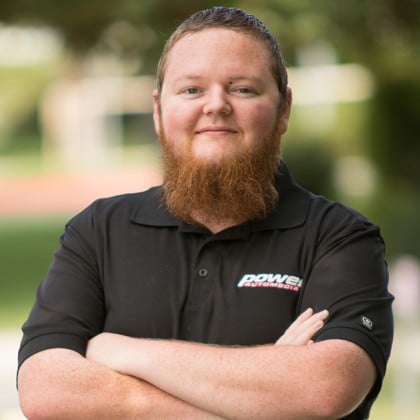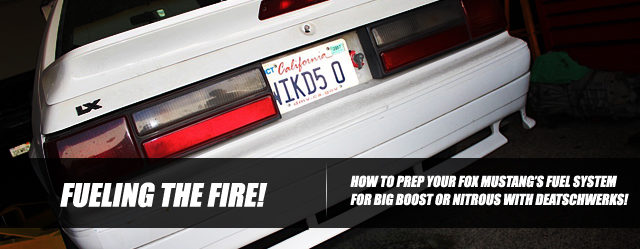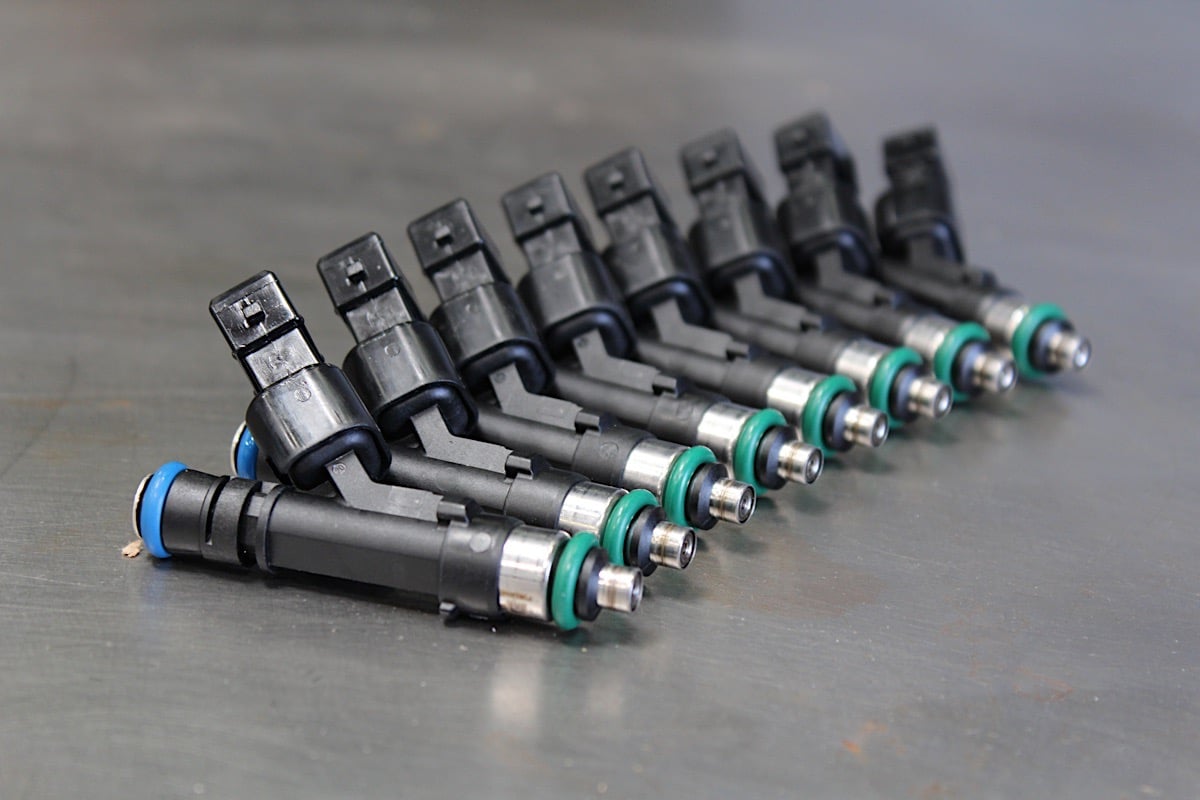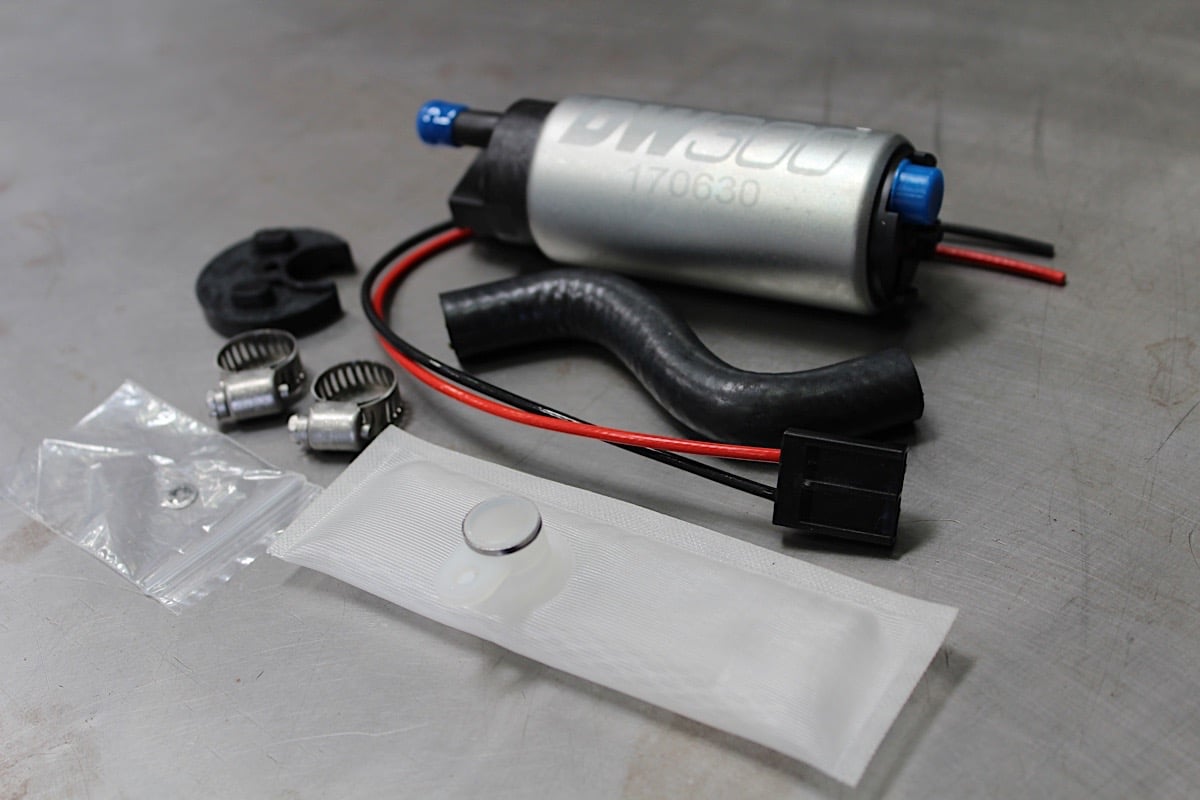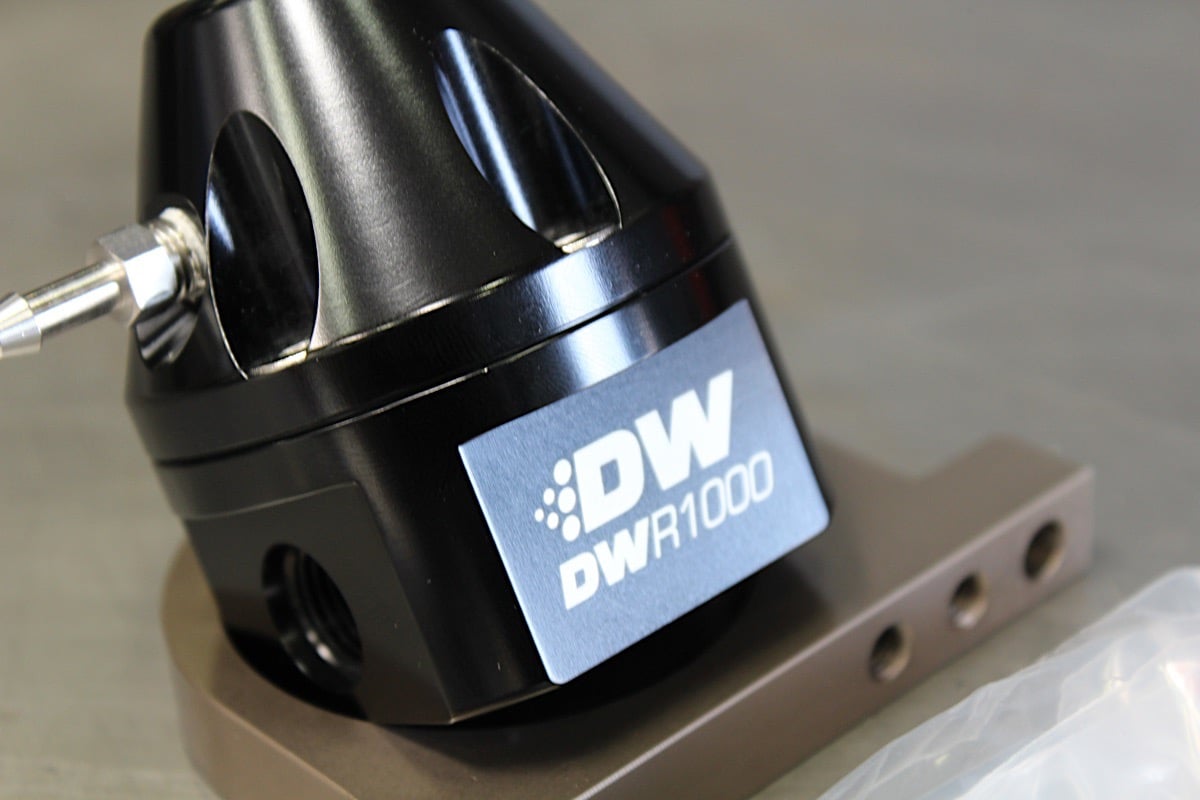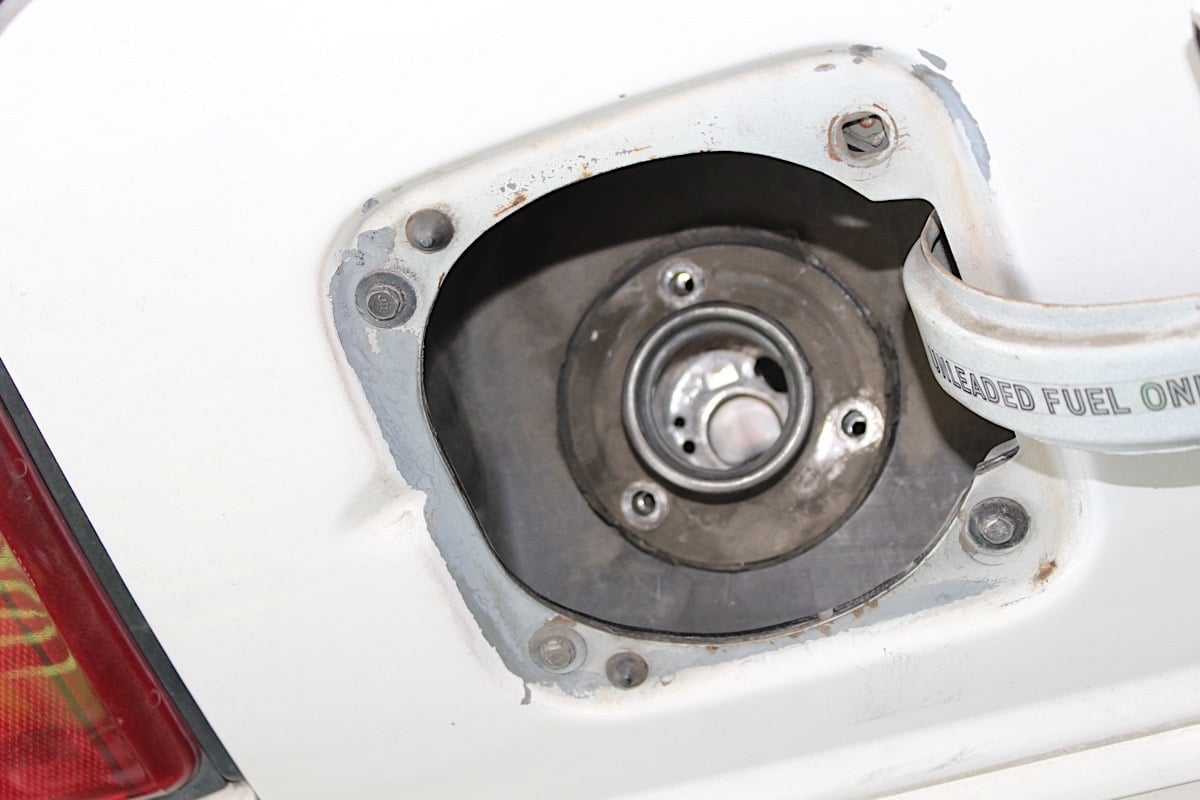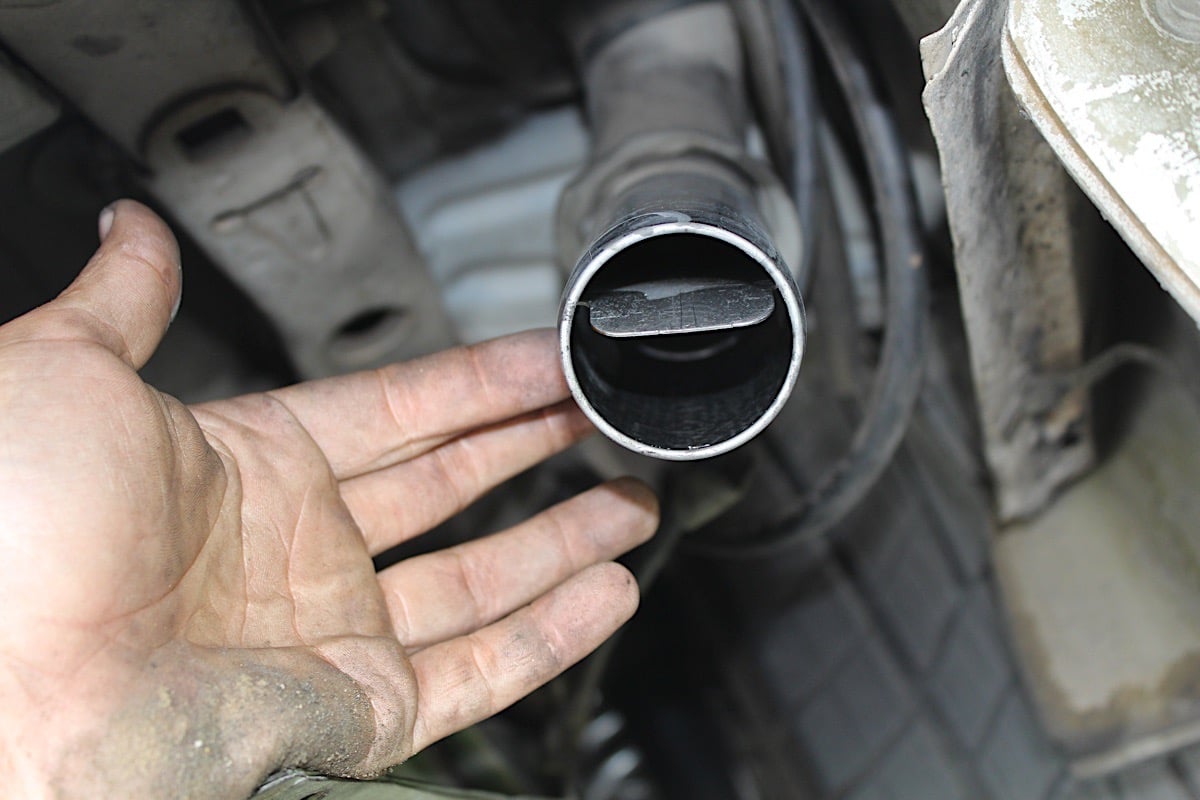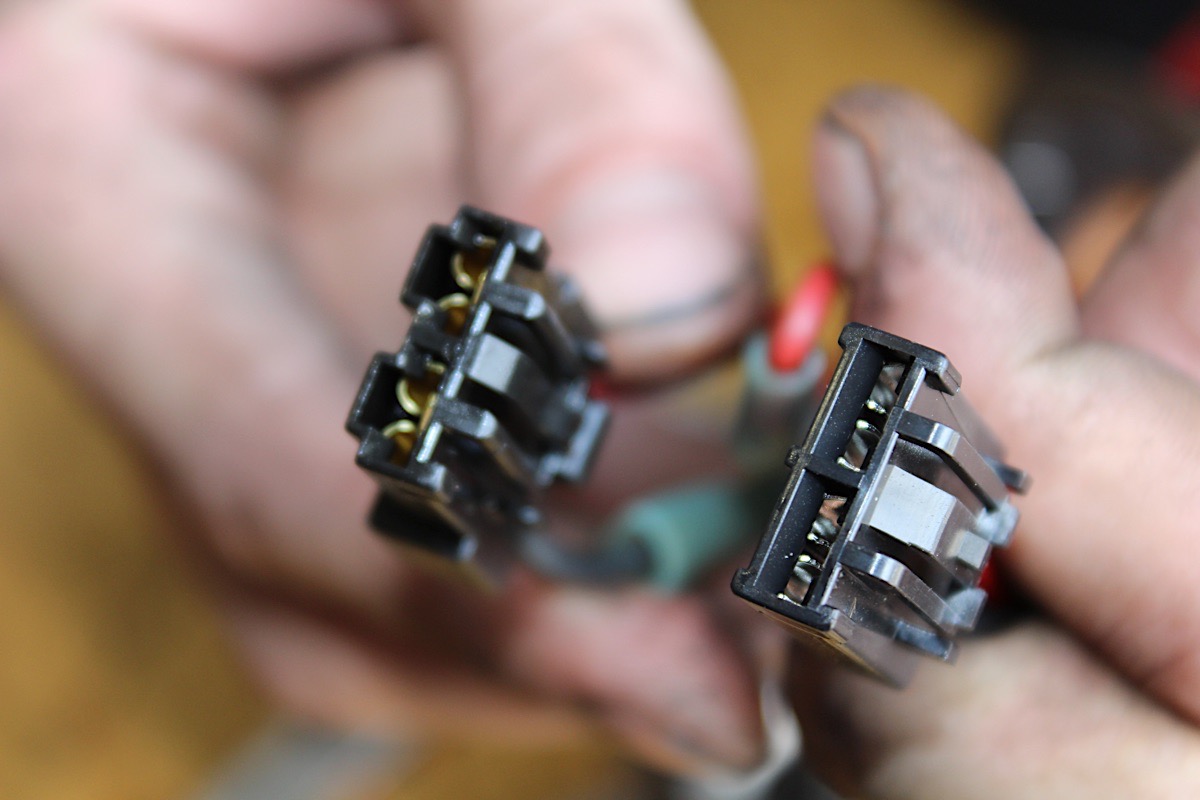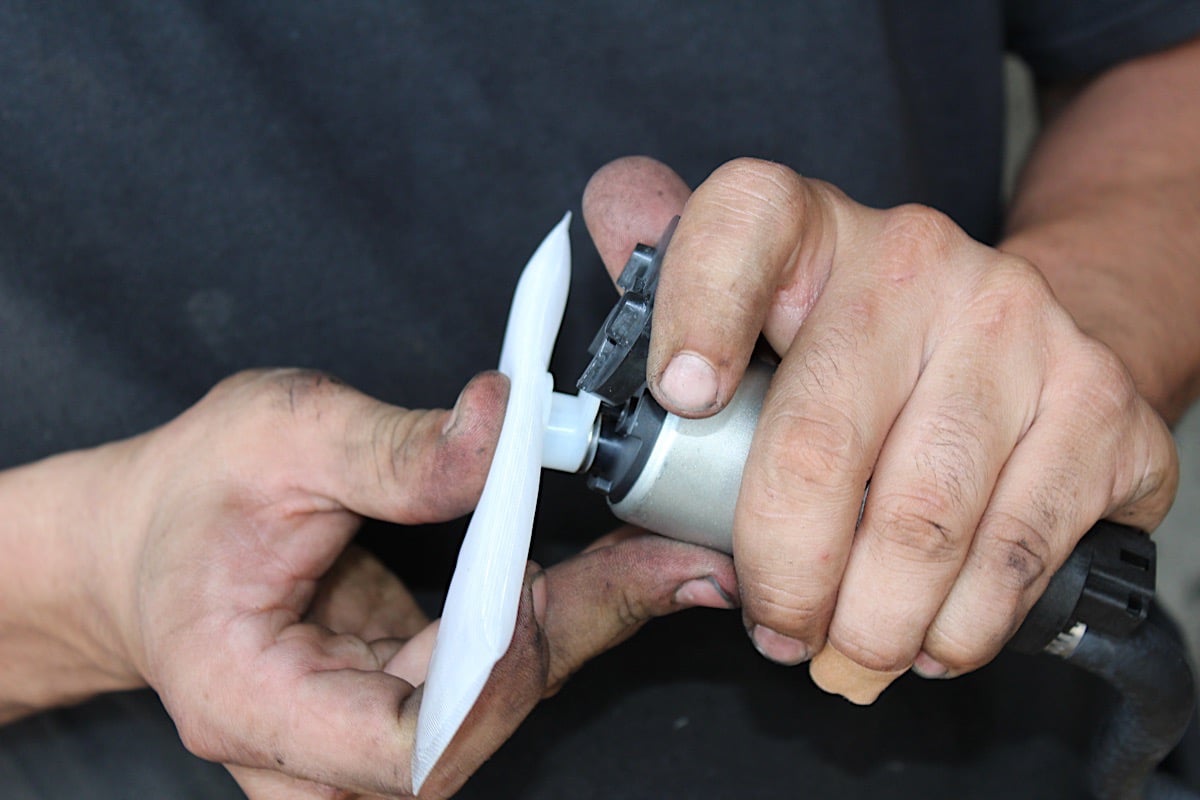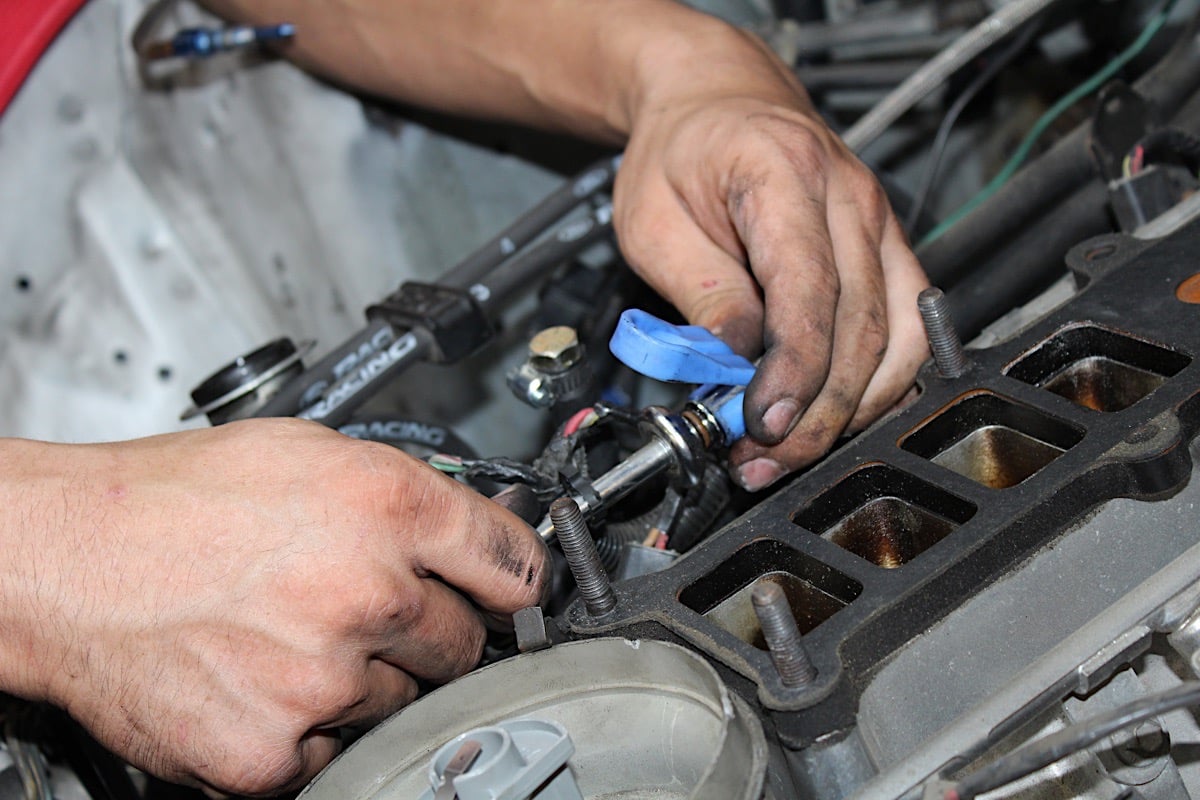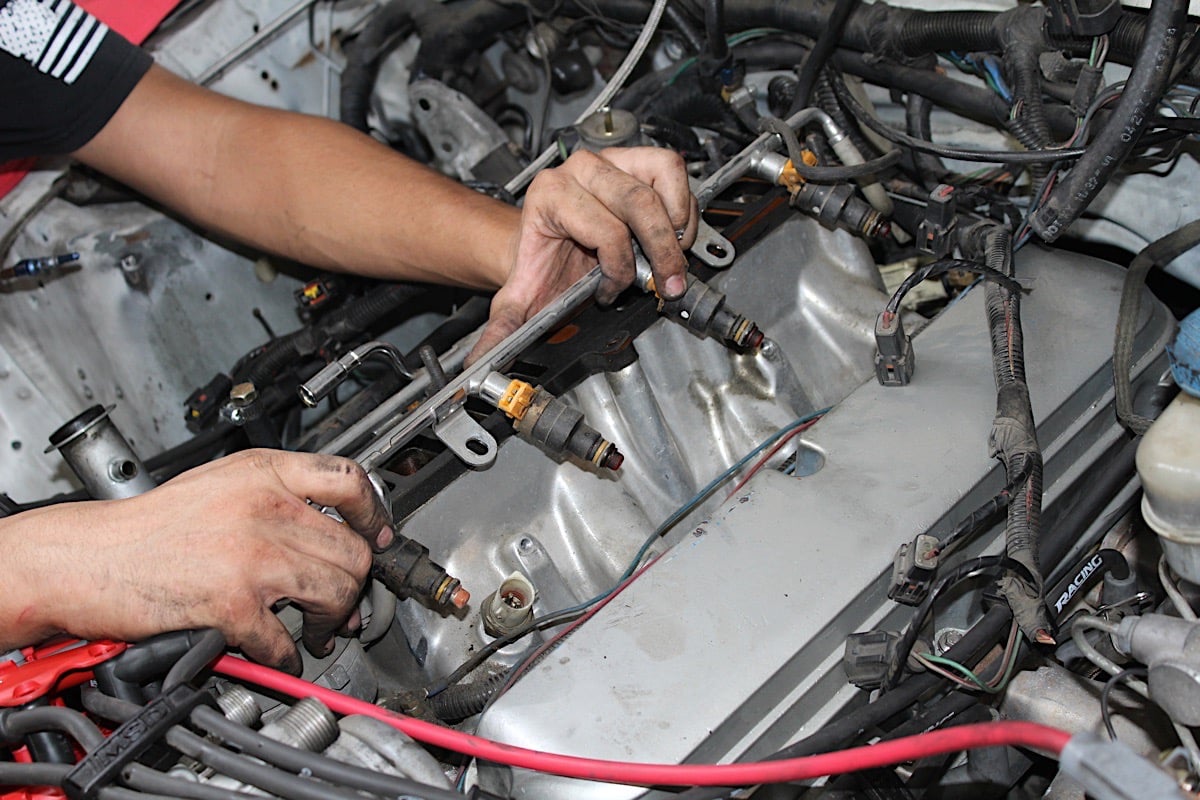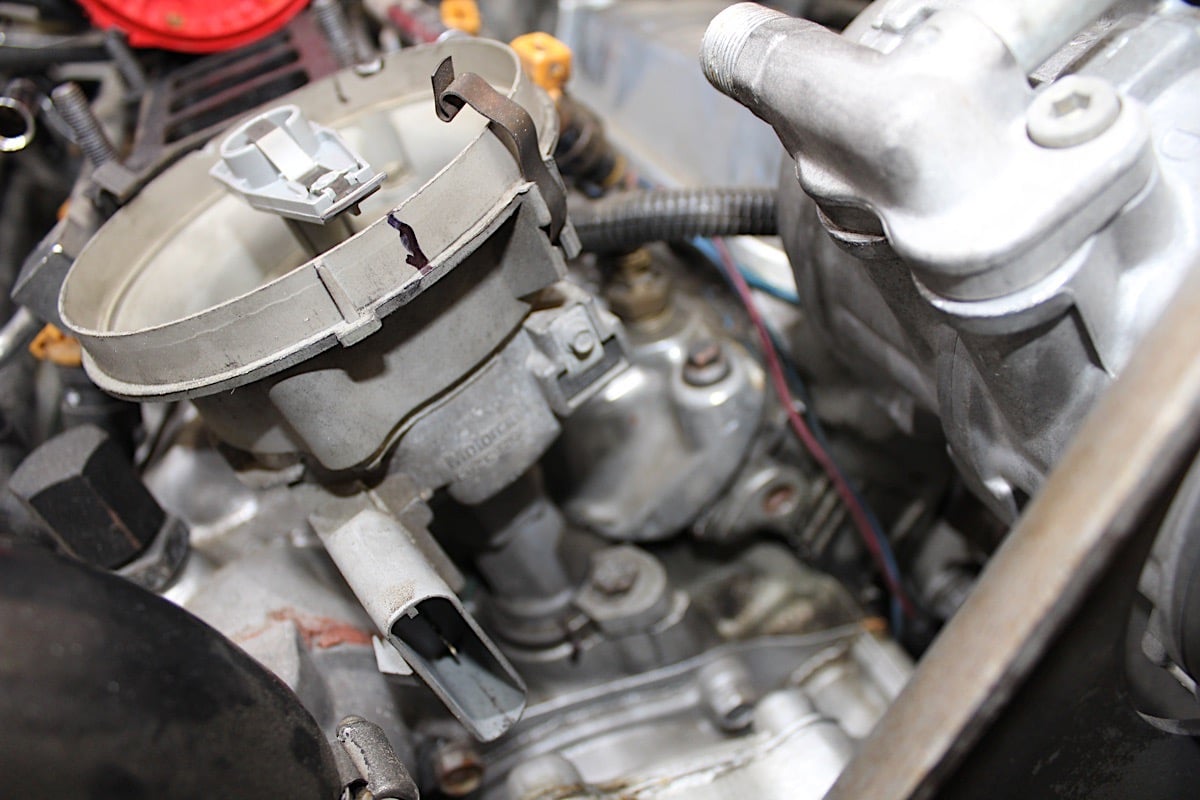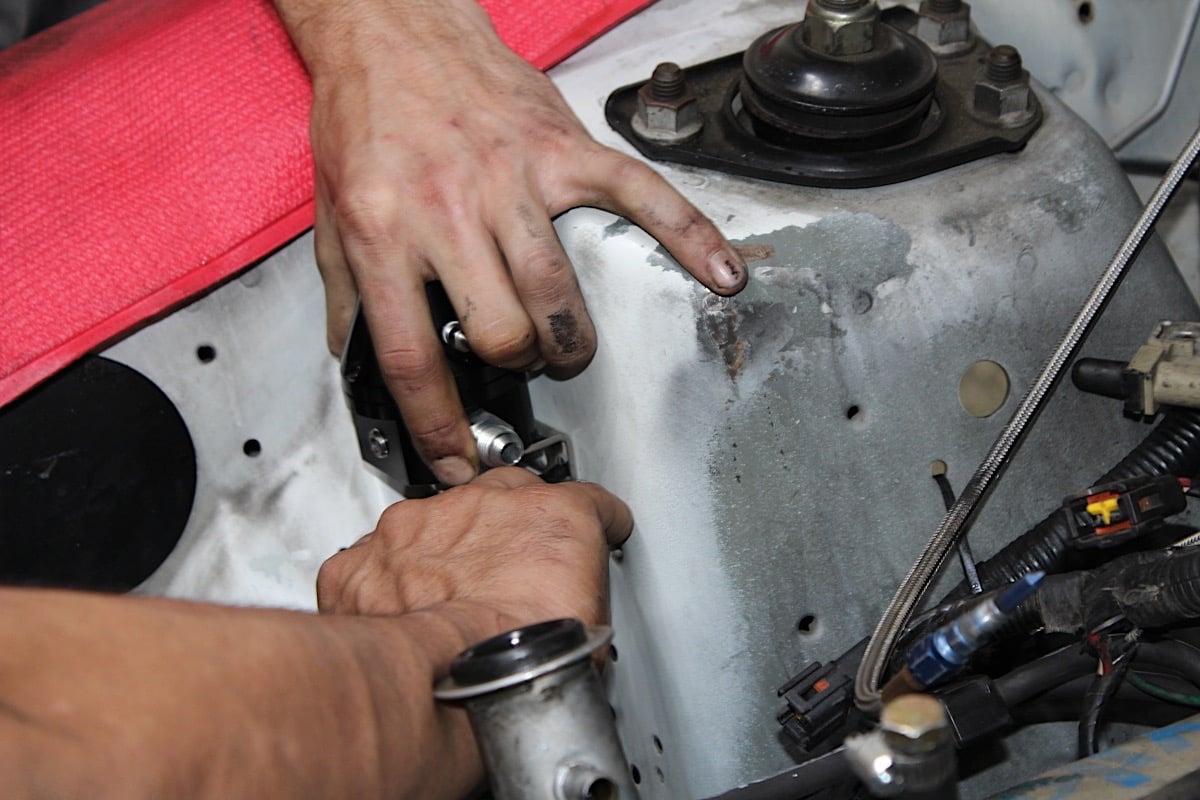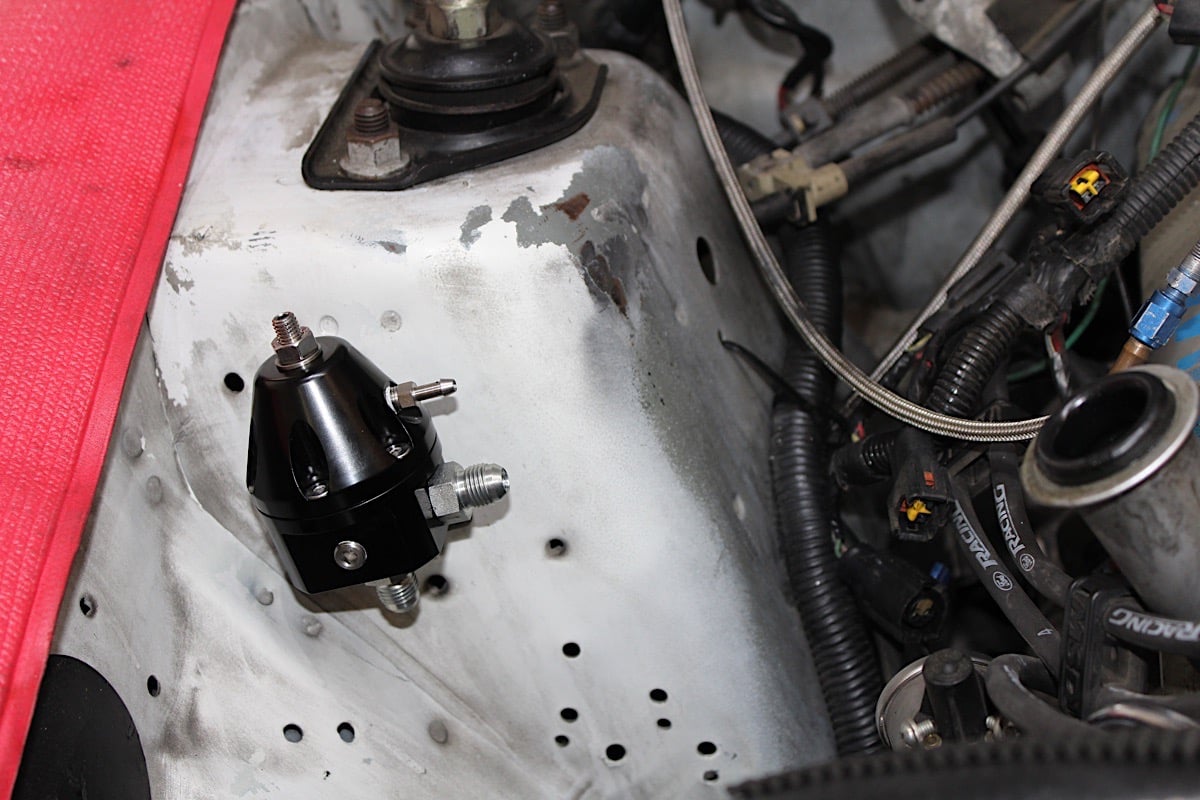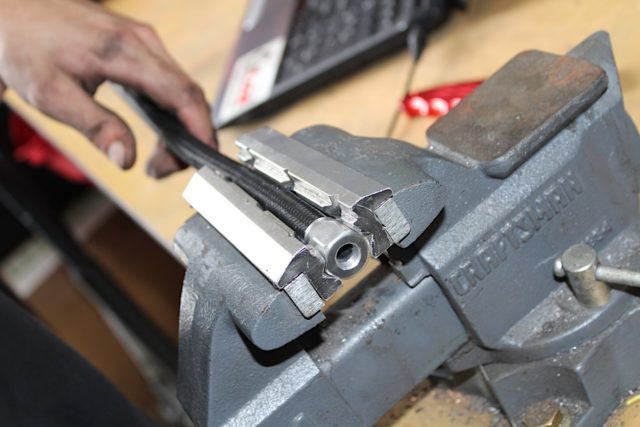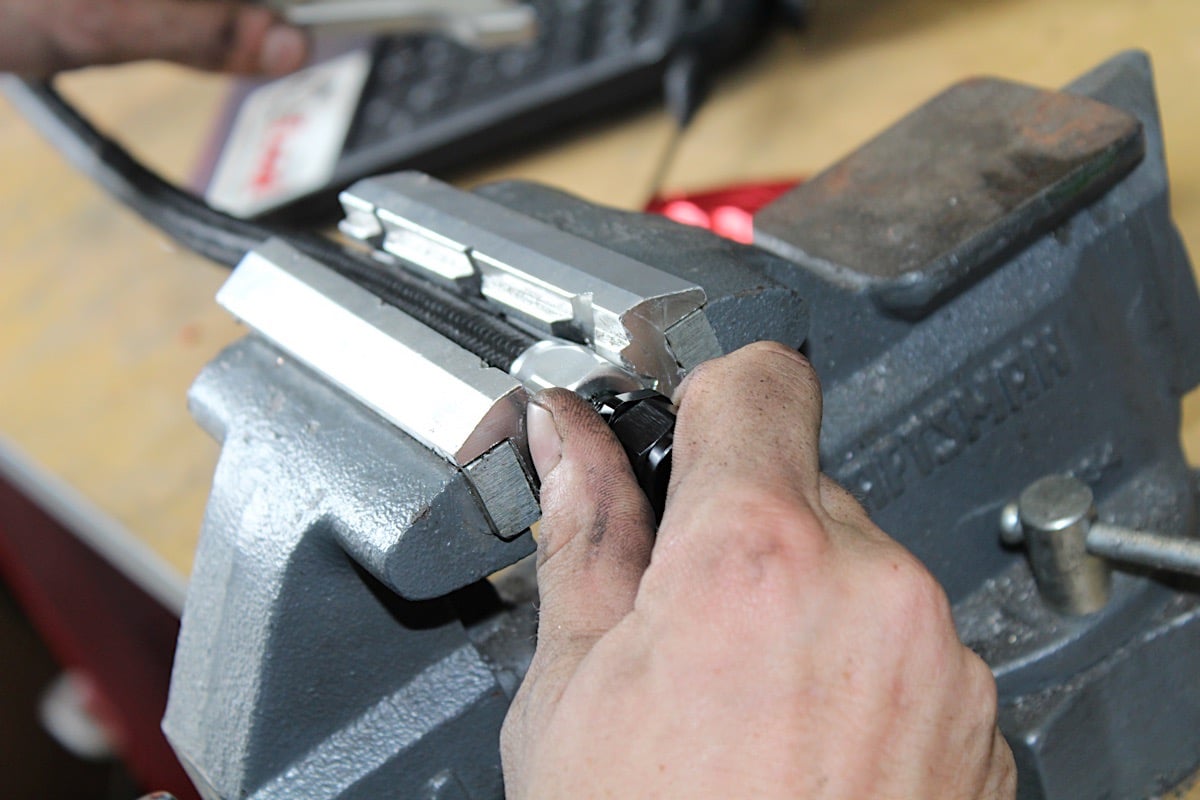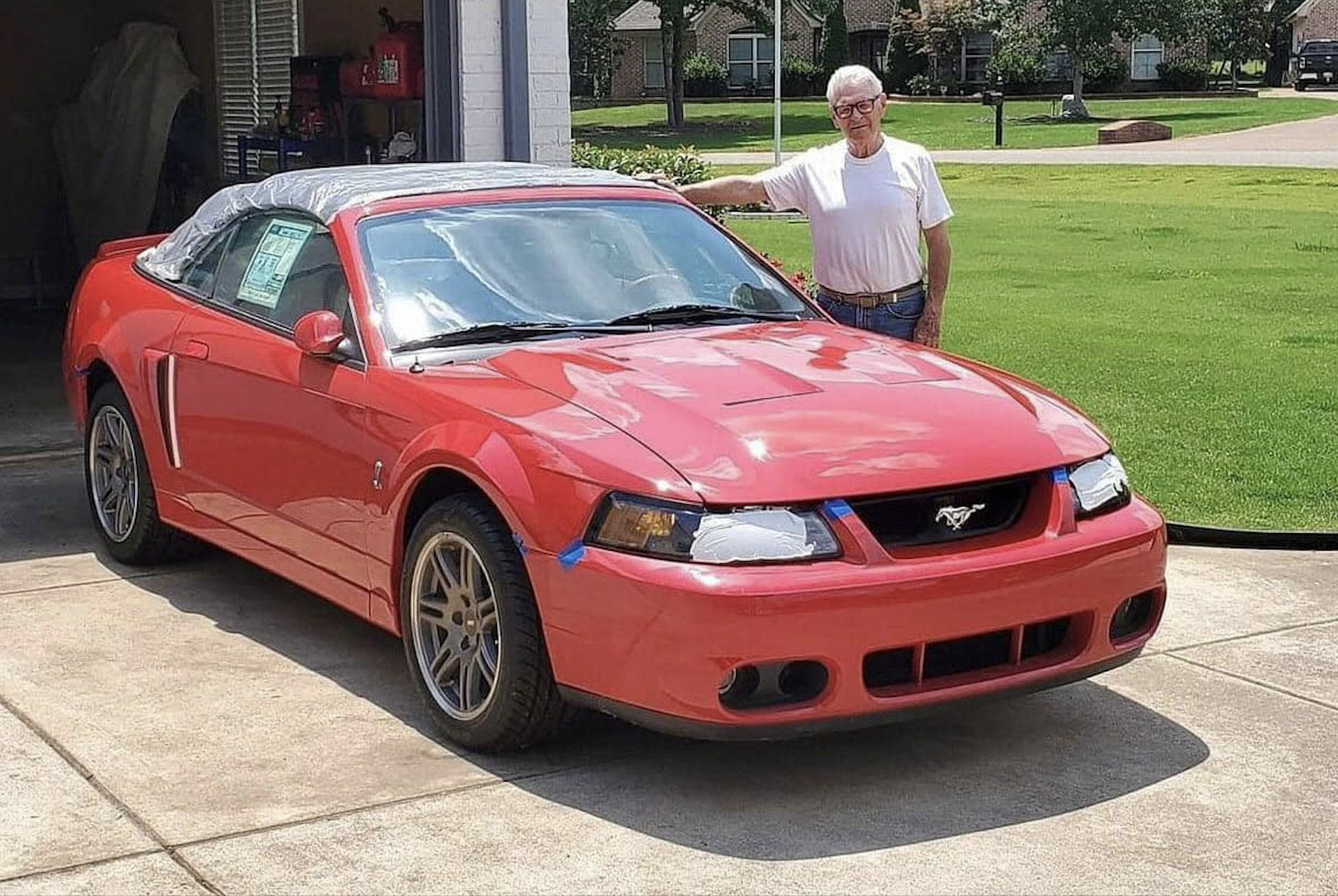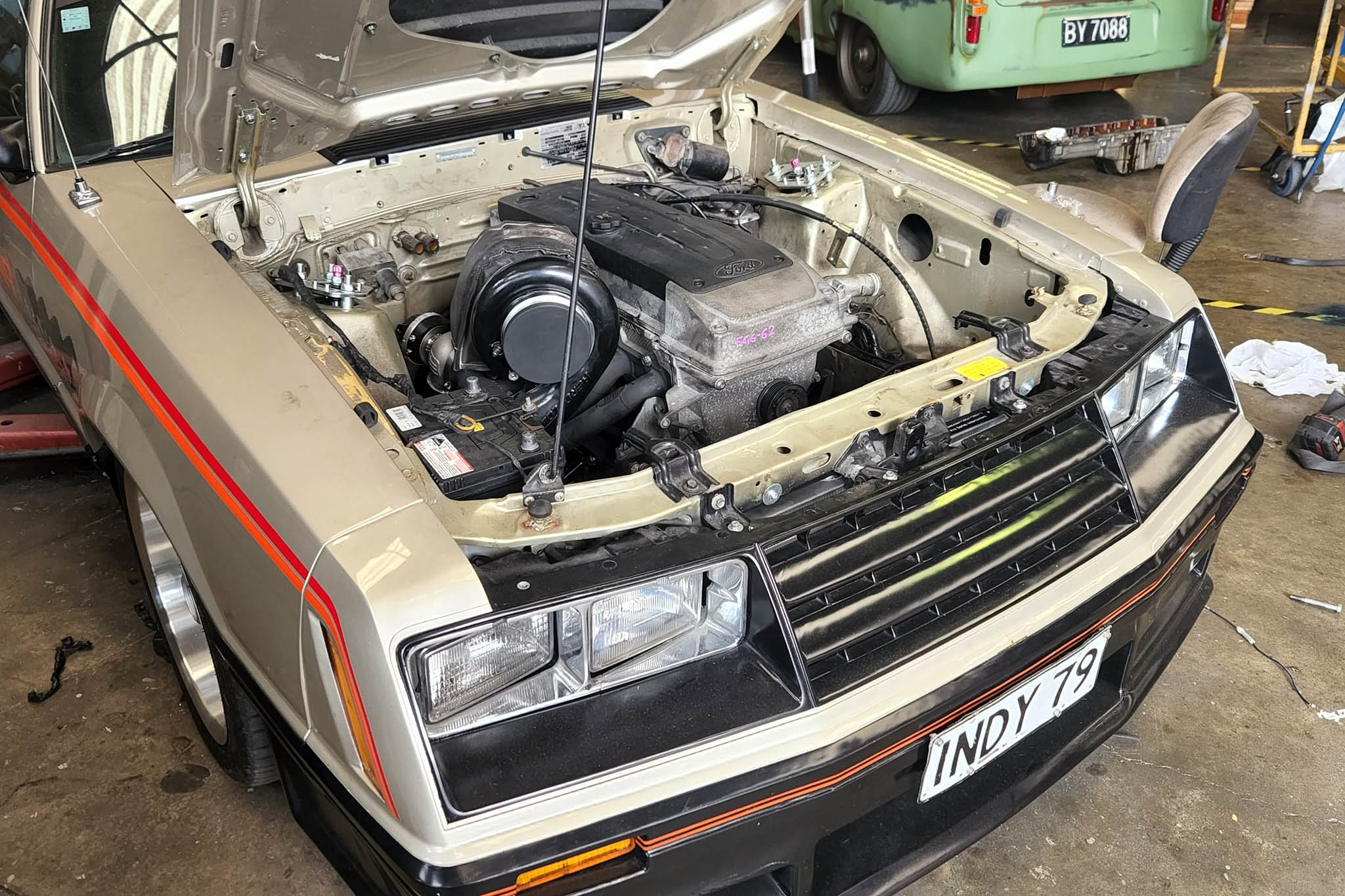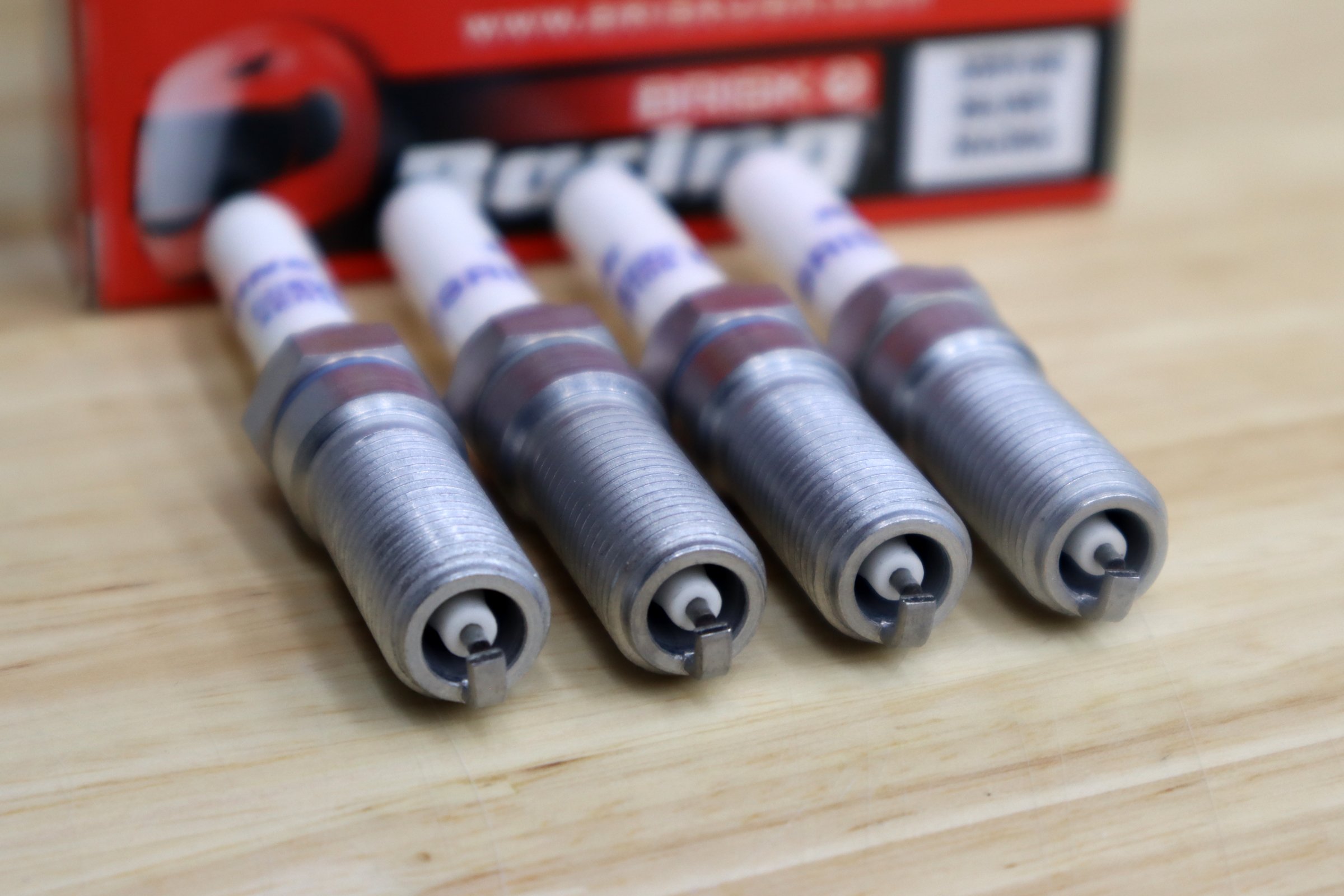Take a car like this 1991 Mustang LX with its 5.0-liter pushrod V8, and effectively double the horsepower with forced induction. What do you get? Well, without upgrading any of the engine’s internal components or the fuel system, if we were to guess, we’d venture to say an unhappy Fox. Fortunately, the fellas at Sweitzer Performance in Temecula, California, know better than to just bolt-on a power adder and let that Fox ride.
We tend to estimate on the safer side when it comes to sizing fuel components. — Mark Hutchison, DeatschWerks
Since Lee Sweitzer daily drives his ’91 LX, we would need an array of fuel components which could not only support more horsepower later by way of forced induction, but could reliably get Lee back and forth from his humble abode to his performance shop for work. After all, if you want his shop to install your own go-fast parts, he needs to ensure he can get there, first. In this segment, we follow along the installation process of the new fuel system, detailing the basics to get you started for that initial boost in power.
Give Me Fuel
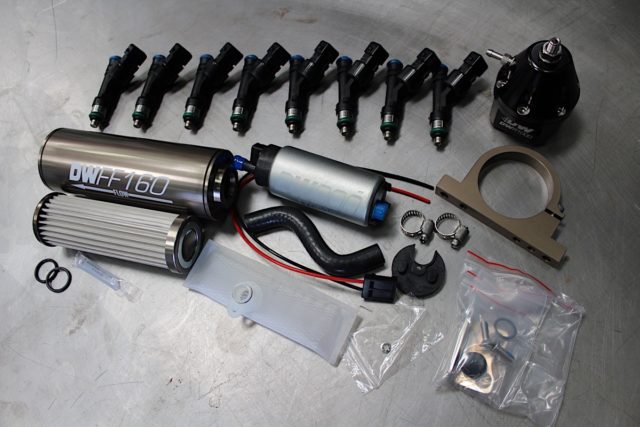
To set up this Fox for future performance, we installed a pump, filter, injectors and regulator from DeatschWerks.
DeatschWerks Fox Parts
• DeatschWerks 60 lb/hr fuel injectors, PN 18U-01-0060-8
• DeatschWerks DW300 Fuel Pump, PN 9-201-1014
• DeatschWerks fuel pump installation kit, PN 9-1014
• DeatschWerks In-Line Fuel Filter, PN 8-03-160-010K
• DeatschWerks DWR1000 fuel pressure regulator, PN 6-1000-FRB
As our friends at DW pointed out, the factory return line is rather small – about 1/4-inch in diameter. This means that we won’t be able to support big power yet, but there is hope.
From fuel injectors to fuel pumps and everything in between, DeatschWerks has almost everything you can imagine available to completely revamp your Mustang’s fuel system. While it may seem like we've chosen the company's full line-up, in reality, this is only half of the components as DW offers.
“Most of the factory Mustangs will use a 5/16-inch fuel line for the supply,” Mark Hutchison, Marketing Coordinator for DeatschWerks, explained. “On many of the applications we deal with, 5/16-inch, or -5AN for an inside diameter size reference, will support around 750 horsepower. Beyond the 1,000 horsepower mark, a 1/2-inch or -8AN equivalent would be necessary. However, with the small return line, upgrading the fuel supply line to 1/2-inch/-8AN and converting the 5/16-inch supply to the new return line would be an economical solution for most Fox Mustang enthusiasts chasing more power.”
Pump It Up
If you're taking on a job like this yourself, Sweitzer Performance’s lead tech Robert Papini recommends starting the job by loosening the filler neck on the gas tank. He informed us that some enthusiasts can sometimes skip this crucial step by accident, and it can result in damage to the filler neck or the tank if not performed.
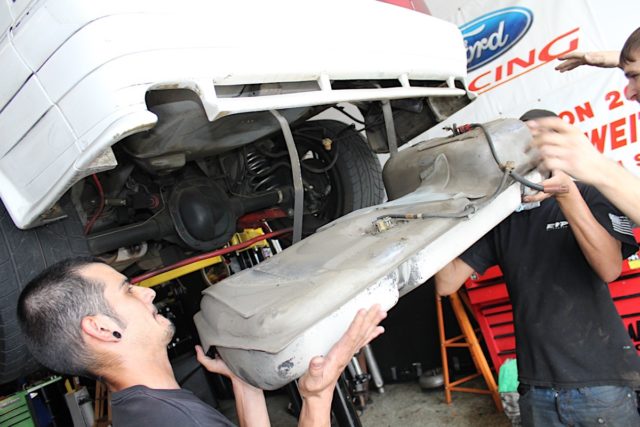
Removing the factory fuel tank is a breeze once you loosen the filler neck. We recommend you have a buddy give you a hand (or two) when removing it, even after you’ve drained off some of the fuel.
According to Mark, our DW300 fuel pump flows 315 liters per hour of fuel at 55 psi, and will support more than 800 horsepower on gasoline (or 650 horsepower with the use of E85 fuel) on a forced induction application. Since we aren’t making any serious power right now, we opted for the single pump for the time being.
A side note for all of you folks planning to run a fuel pump voltage booster with your DW pump: Mark says that the company warranties all of its pumps for three years, and that many of its customers utilize a FPVB to get more out of the pumps. Beware, however, that DW’s warranty only covers the pumps with the use of a FPVB at 18 volts or less. It goes without saying that running any component harder diminishes the part’s life, but DW’s testing shows that its pumps are able to maintain flow while being used with voltage boosters within reason (around that 18 volts mark) while under warranty.
The DeatschWerks fuel pump installation kit includes a host of necessary connections, gaskets and filters to make installing your new DW fuel pump an easy process. Here, you can see Robert removing the old fuel pump. He endorses the new connector included from DW, since the connections are different from the factory. He also installs the included pre-fuel filter.
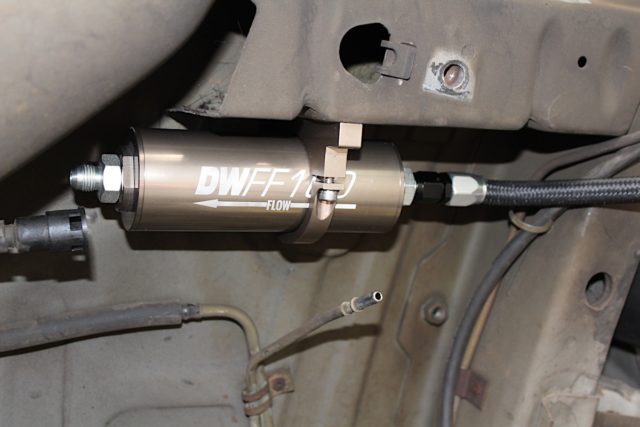
Heads up! If you plan on using the factory fuel lines with the new DW fuel filter, you’ll need make some custom lines from the filter to the stock ones. As we noted earlier, the factory lines are smaller than the larger fittings on the filter, necessitating a few custom lines and fittings to get the job done. Fortunately, this won’t be an issue if you already plan on running larger feed and return lines.
Injector Detector
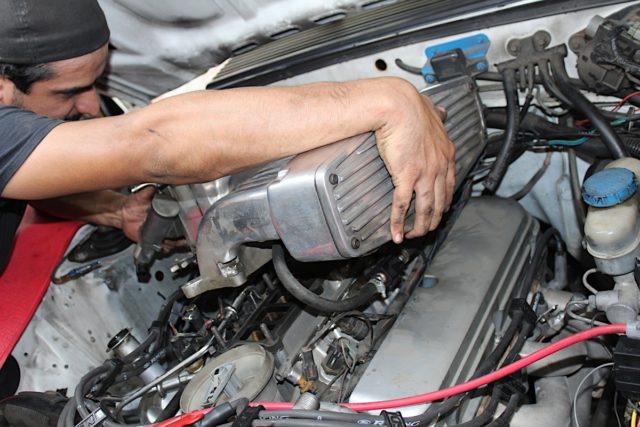
Gaining access to the factory fuel injectors is much easier once you remove the intake manifold and cold-air-intake assembly.
Be careful not to get any fuel from the fuel rails and injectors anywhere. We hear this stuff is pretty flammable! Jokes aside, make sure you mark the location of the distributor when you remove it. We had to remove ours to gain access to the passenger side fuel rail and injectors.
It’s well documented in our previous articles with DW that the company has multiple calculators available at its disposal. In this instance, we used the company’s fuel calculator choosing the correct injector size. Mark tells us that our 60 lb/hr fuel injectors will happily support up to 800 horsepower on gasoline, and around 625 on E85, in a boosted application.
“We tend to estimate on the safer side when it comes to sizing fuel components,” he said. “If pushed, those numbers could be higher, but there is a risk of running out of fuel and the engine going lean.”
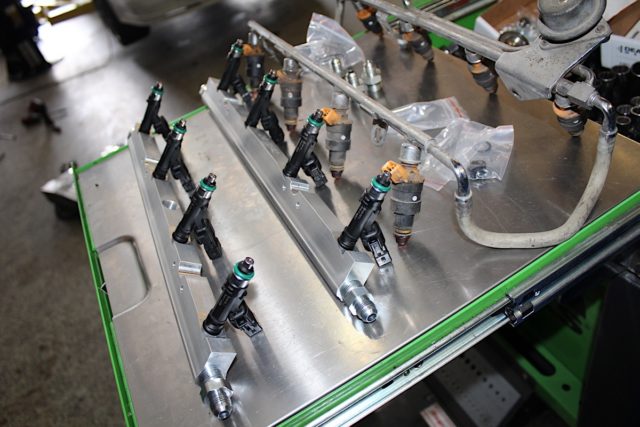
For this installation, we opted to use a pair of Edelbrock fuel rails that Sweitzer Performance had on hand. DeatschWerks does offer fuel rails for many applications on its website, however.
Regulators! Mount Up
Robert mounted the new DWR1000 fuel pressure regulator on the passenger side shock tower. It's a bit of a tight fit due to the cold air intake system, but it's still enough room to feed all of the necessary lines.
According to Mark, there are several ways to plumb a fuel pressure regulator in the system. “Depending on how many lines are used, the location of the FPR and what other systems the FPR needs to access [vacuum or electronic reference] will determine how to set up the supply components of the fuel system.”
As Lee Sweitzer continued to crimp the new, larger braided lines, he explained how crucial it was to verify that everything lines up correctly. "A leak can easily develop at the fittings if you don’t ensure that the AN fitting is set properly," he told us.
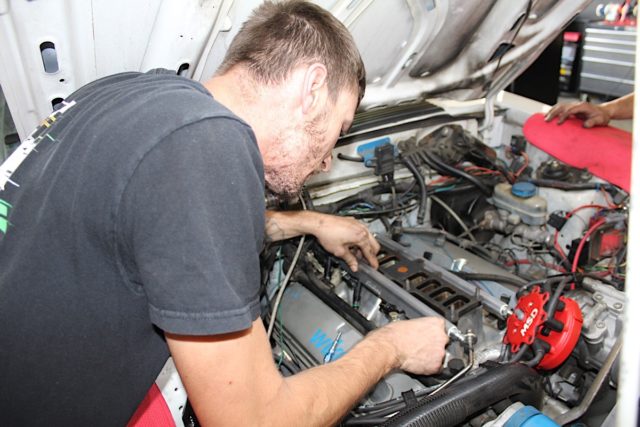
Buttoning up the new fuel rails with our new DW 60 lb/hr fuel injectors, this Fox is now ready to support more power.
Once everything buttoned up, Lee and his crew were able to use the tuning data that DeatschWerks provides on its website, which enables tuning professionals to set the parameters from the beginning, and gives them a perfect foundation to work off of to make adjustments.
That wraps up this segment, folks. Next, we plan to catch up with Lee after he’s installed his newfound boost at Sweitzer Performance. Keep an eye out for that article in the future…
